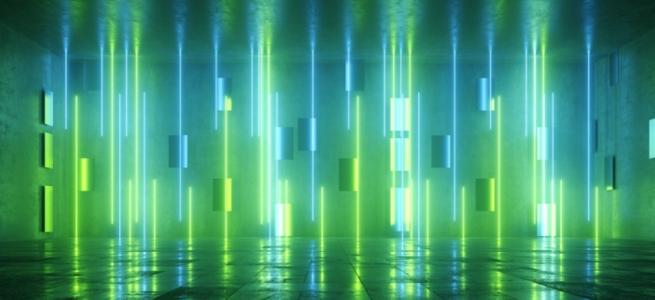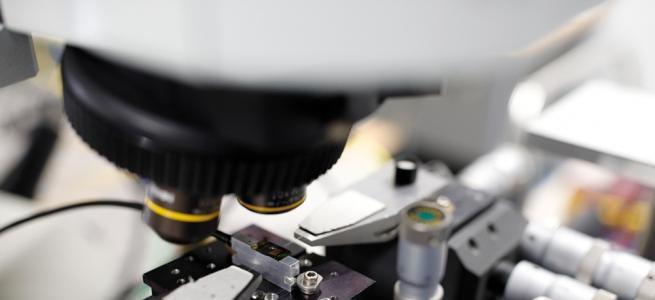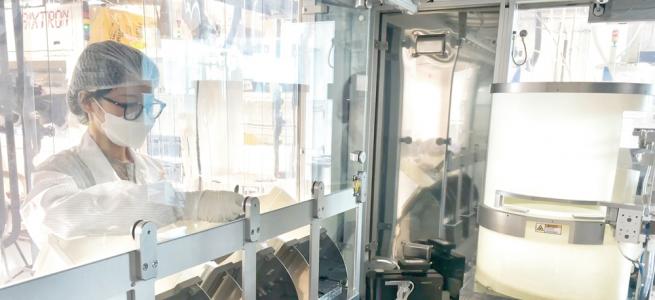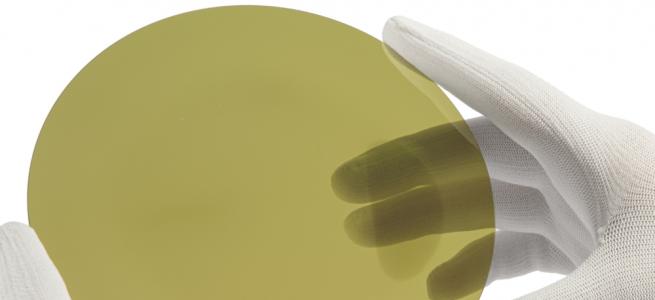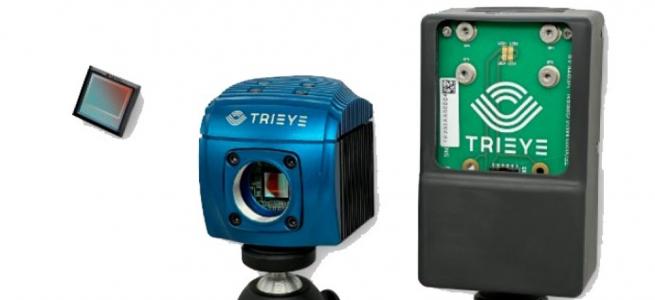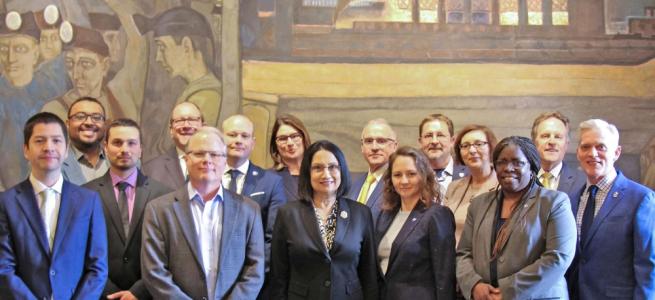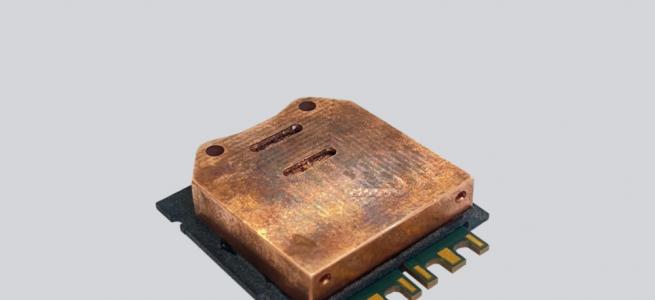Technical Insight
Quantum cascade lasers light it up (Silicon Update)
Bob Metzger describes a recent development in SiGe-based IR quantum cascade lasers.
For electronic applications in which performance, cost and system requirements must be taken into account, the silicon versus compound semiconductor debate depends so much on the specific application that there is rarely a clear cut winner. In general, the result is that a wide range of materials and device types may be used for any given application. However, when it comes to optoelectronics, III-V materials are clearly the material of choice, with the availability of a wide range of direct bandgap materials permitting highly efficient radiative transitions across the bandgap. Unfortunately for silicon, which has an indirect bandgap, large momentum transfers are required for radiative transitions, making this a highly inefficient process. Even with the advent of Si1xGex alloys, the heterostructures formed with silicon usually feature staggered band offsets, so that the electrons and holes are spatially separated, once again making radiative transitions highly inefficient. The intersubband approach A potential solution to these difficulties is the one currently being used to fabricate far infrared lasers using a unipolar quantum cascade approach, in which transitions between quantum well levels within a band (intersubband transitions) are used to generate laser light. Researchers from the Paul Scherrer Institute in Switzerland, the University of Neuchatel in Switzerland and the ETH (Swiss Federal Institute of Technology) have described the use of intersubband transitions to generate intersubband electroluminescence in a silicon-based quantum cascade structure (G Gehlinger et al.). Implementing a high quality intersubband structure in Si1xGex is considerably more challenging than for InGaAs/ InAlAs. This is due to several factors: the large strain resulting from the 4% lattice mismatch between silicon and germanium; the complex valence band structure, which includes coupled heavy and light hole bands, along with larger effective masses; small band offsets that make carrier confinement difficult; and heterointerfaces that are generally optically and electrically inferior to III-V interfaces. Despite these challenges, the researchers have fabricated a quantum cascade structure based around an active QW situated between injector and collector wells. A Si0.68Ge0.32 QW of width 4.0 nm was situated next to four coupled SiGe QWs which formed a mini-superlattice. The main well contains two quasi-bound heavy hole states (HH1 and HH2) separated by approximately 130 meV. The mini-superlattice is designed so that when biased with an electric field of 50 kV/cm, a series of states in the mini-superlattice have a near overlapping energy with the HH1 level, permitting easy tunneling into the QW. In addition, there exists a mini-gap for both heavy hole and light hole states around the energy level of the HH2 state. This quenches transport out of the HH2 state, which in turn increases the probability of a radiative transition between the HH1 and HH2 states. Laser growth Growth was by MBE at a relatively low temperature of 350C to avoid strain relaxation and germanium segregation. TEM examination indicated a coherent strain in the layers with no observed threading dislocations or buckling of the interfaces. Square mesas (420 420 m) were fabricated with aluminum contacts at the front and back. Luminescence demonstration Luminescence was observed for temperatures as high as 180 K. At a temperature of 50 K, and a current of 250 mA (3.65 V bias), the emission energy was 125 meV, closely corresponding to the expected energy difference between the HH2 and HH1 states, producing a wavelength of around 10 m. The full width at half maximum of the EL peak was 22 meV, a value comparable to the narrowest absorption linewidths reported for Si/ SiGe heterostructures, indicating that the heterointerfaces were of good quality. However, the EL response to injected current was very weak, indicating very low quantum efficiency. It was suspected that there was poor confinement of holes in the HH2 level since this state lies only 80 meV above the valence band edge, and at high electric fields, the holes could tunnel out through electric-field-induced barrier reduction. More confinement In an attempt to improve HH2 confinement (and thereby quantum efficiency), the germanium content of the well was increased from 32% to 41% and the well width increased from 4.0 nm to 4.5 nm. A significantly lower current was required to obtain EL for this structure, and it is estimated (by calibration compared to a known InGaAs/InAlAs LED) that the quantum efficiency of this device was approximately 105. This figure is some two orders of magnitude greater than the first structure, while the linewidth was broadened by about a factor of two. Even though the device only exhibited luminescence, it clearly demonstrated that the cascade intersubband approach, which has been so successful in III-V materials for extending lasing wavelengths into the far infrared, is also applicable to silicon-based devices. Further improvements in device performance and design latitude should be possible by fabricating these structures on relaxed SiGe buffer layers, thereby allowing higher germanium content in the QWs, which will improve hole confinement and quantum efficiency. Further reading G Gehlinger et al. December 2000 Science 290(22) 2277.



